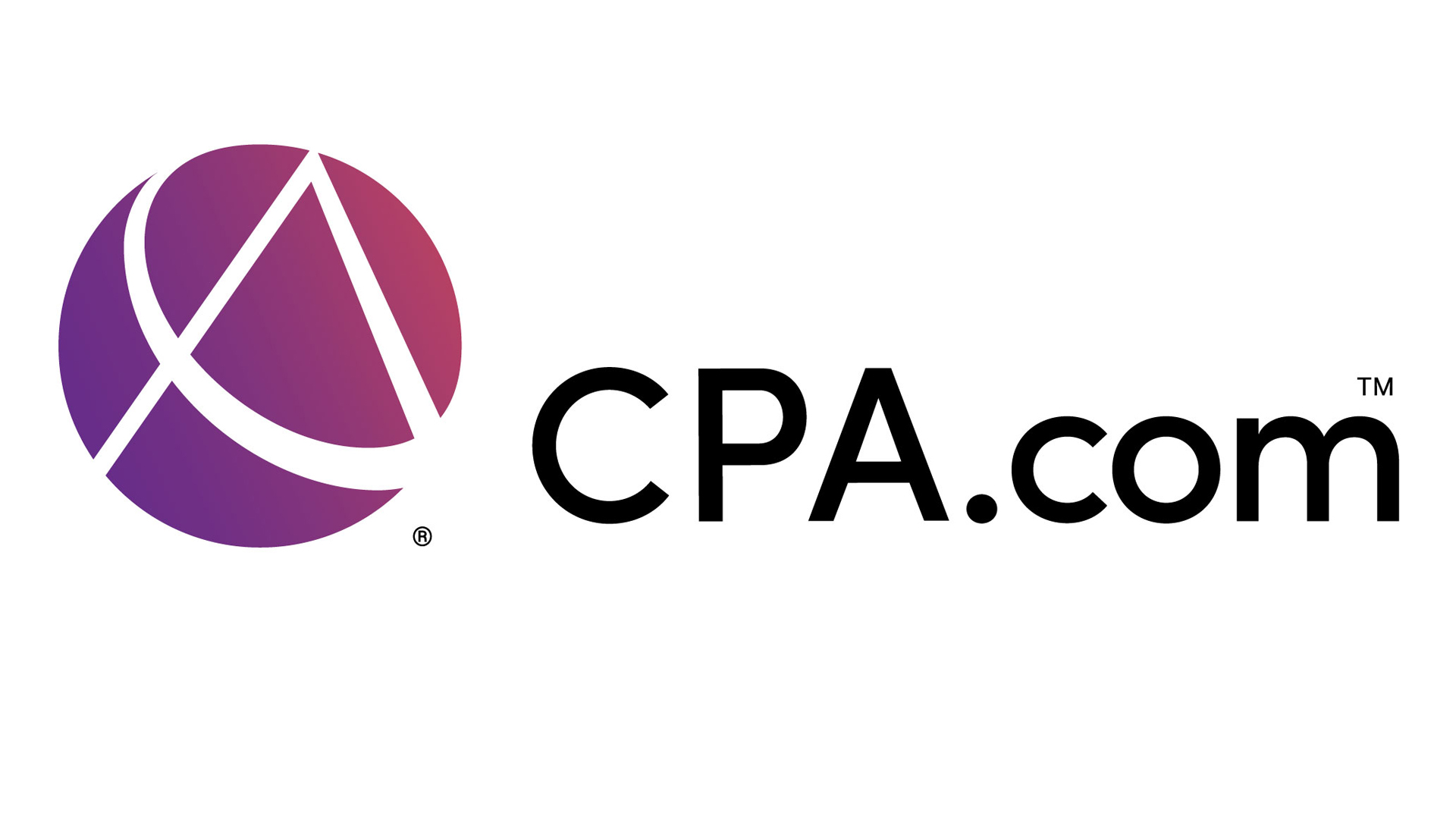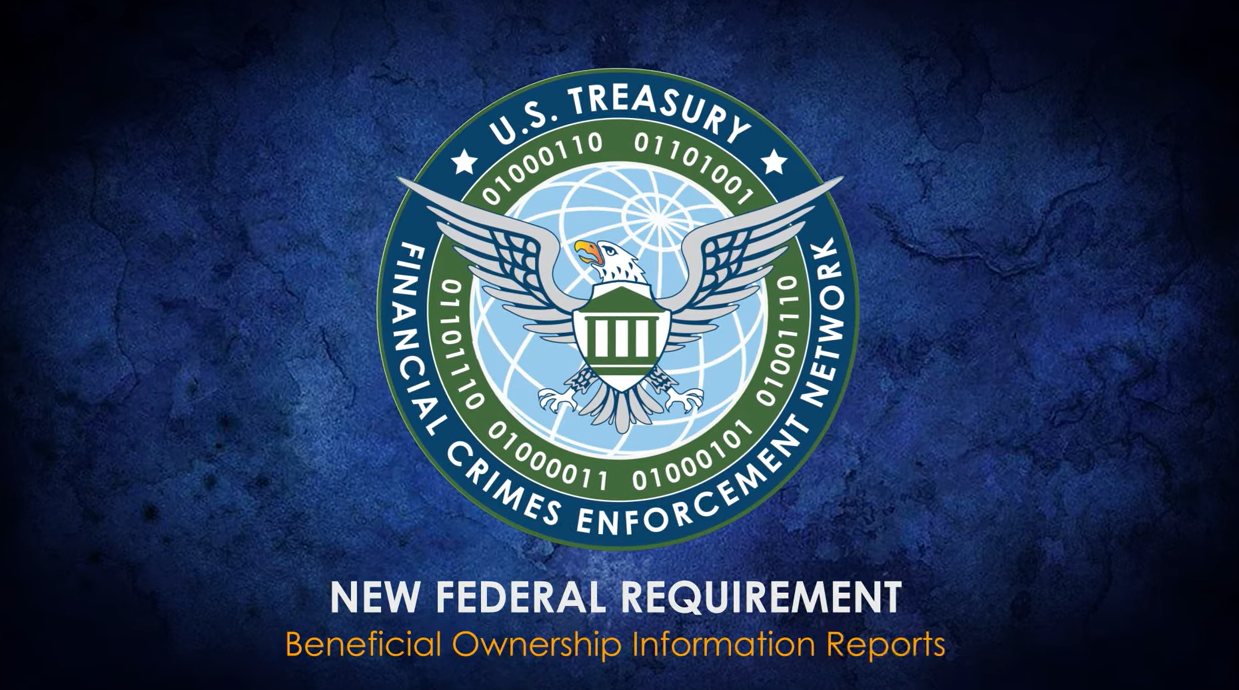February 11, 2013 — The Financial Accounting Standards Board (FASB) has issued its U.S. GAAP Financial Reporting Taxonomy Implementation Guide—Subsequent Events. The guide is the first in a series of XBRL Implementation Guides, which are designed to help Taxonomy users understand how certain disclosures are structured within the Taxonomy, and is available at www.fasb.org.
The purpose of the Implementation Guide is to demonstrate the modeling for disclosures required about events occurring subsequent to the end of a public company’s reporting period. The modeling has been completed using the elements in the Taxonomy. The examples are not intended to encompass all of the potential modeling configurations or to dictate the appearance and structure of a company’s XBRL documents.
In addition to the Implementation Guide, the FASB also issued Definition Components & Structure, the first style guide of the FASB U.S. GAAP Financial Reporting Taxonomy Style Guide Series. Also available on the FASB website, the style guides provide additional insight into design criteria and are offered as a reference for users of the Taxonomy.
The U.S. GAAP Financial Reporting Taxonomy is a list of computer-readable tags in XBRL that allows companies to tag precisely the thousands of pieces of financial data that are included in typical long-form financial statements and related footnote disclosures. The tags allow computers to automatically search for, assemble, and process data so it can be readily accessed and analyzed by investors, analysts, journalists, and regulators.
In early 2010, the Financial Accounting Foundation (FAF) assumed maintenance responsibilities for the Taxonomy, and, along with the FASB, assembled a team of technical staff dedicated to updating the Taxonomy for changes in U.S. GAAP, identifying best practices in Taxonomy extensions, and technical enhancements.
Thanks for reading CPA Practice Advisor!
Subscribe Already registered? Log In
Need more information? Read the FAQs
Tags: Accounting, Accounting Standards



